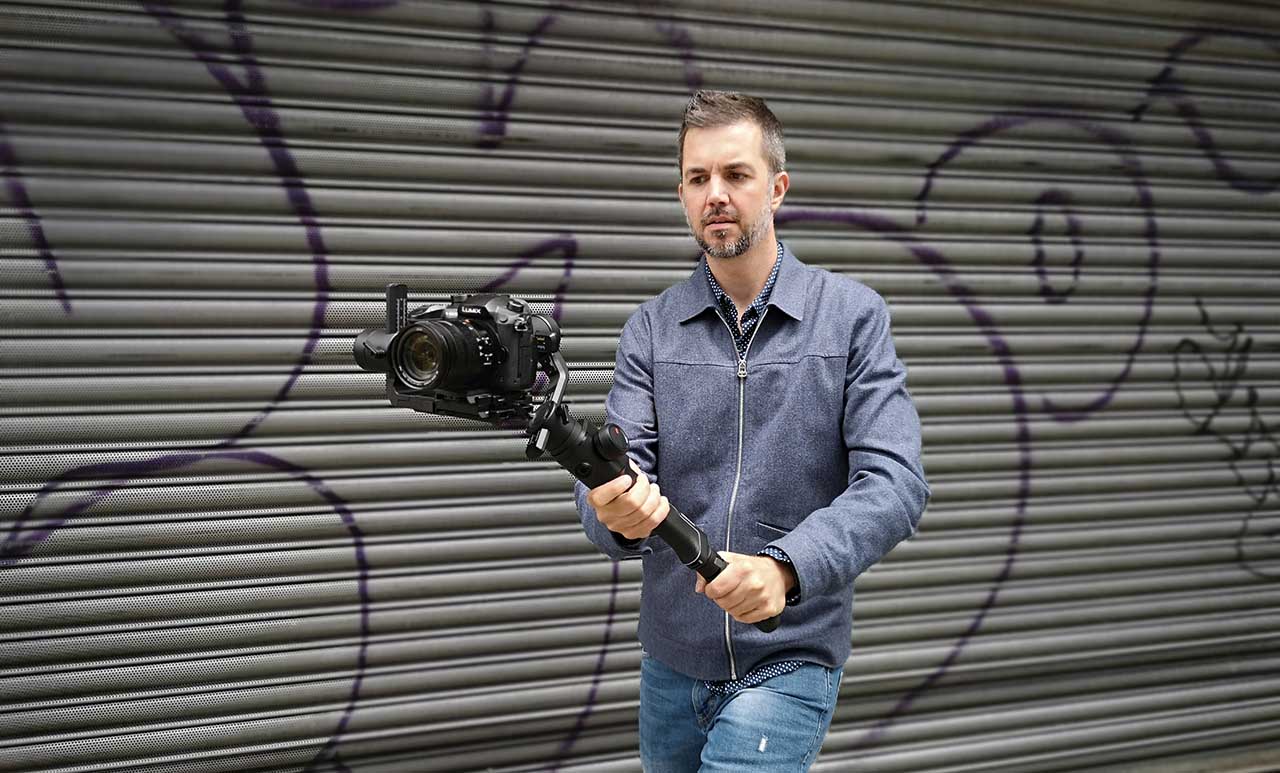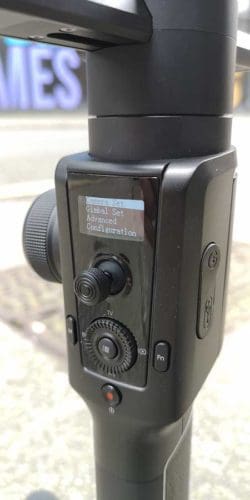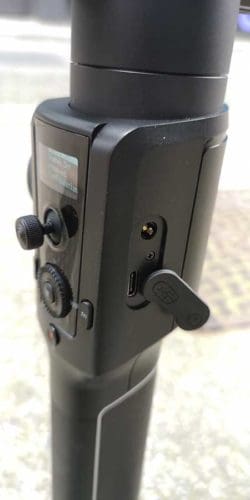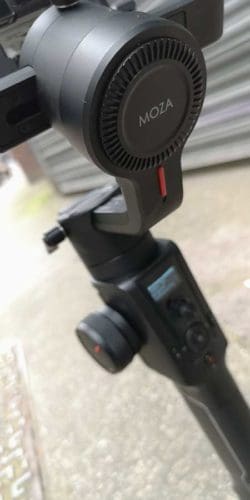What is the Gudsen Moza Air 2?
The Moza Air 2 from Gudsen is a three-axis gimbal stabiliser that promises smooth video footage from multiple angles. A successor to the original Moza Air, the Gudsen Moza Air 2 weighs 1.6kg and supports run times of up to 16 hours on a single charge, good for most day-long shoots.
The Moza Air 2 gimbal is aimed DSLR and mirrorless camera users and can support a range of different lens combinations thanks to its maximum payload of 4.2kg (9.25lbs).
The Gudsen Moza Air 2 is priced £559 / $599 and is available from Gudsen’s official store. The Moza Air 2 can also be purchased in the US from retailers like Adorama and B&H Photo Video, and in the UK from Amazon and Wex Photo Video.
The Moza Air 2 is a direct competitor to similar gimbal stabilisers like the DJI Ronin-S and Zhiyun Crane 2.
What cameras are compatible with the Moza Air 2?
Compatible cameras supported by the Moza Air 2 include the Canon EOS-1D and 1DX, EOS 5D, 6D, 7D and EOS R cameras, the Nikon D850, Z6 and Z7, the Panasonic GH4 and GH5, Sony A7, RX and A6000 series cameras, Fuji X-T2, X-Pro2 and X-T20, Leica M10 and Blackmagic Cinema Camera and Pocket Cinema Cameras, among other older cameras from each of these manufacturers.
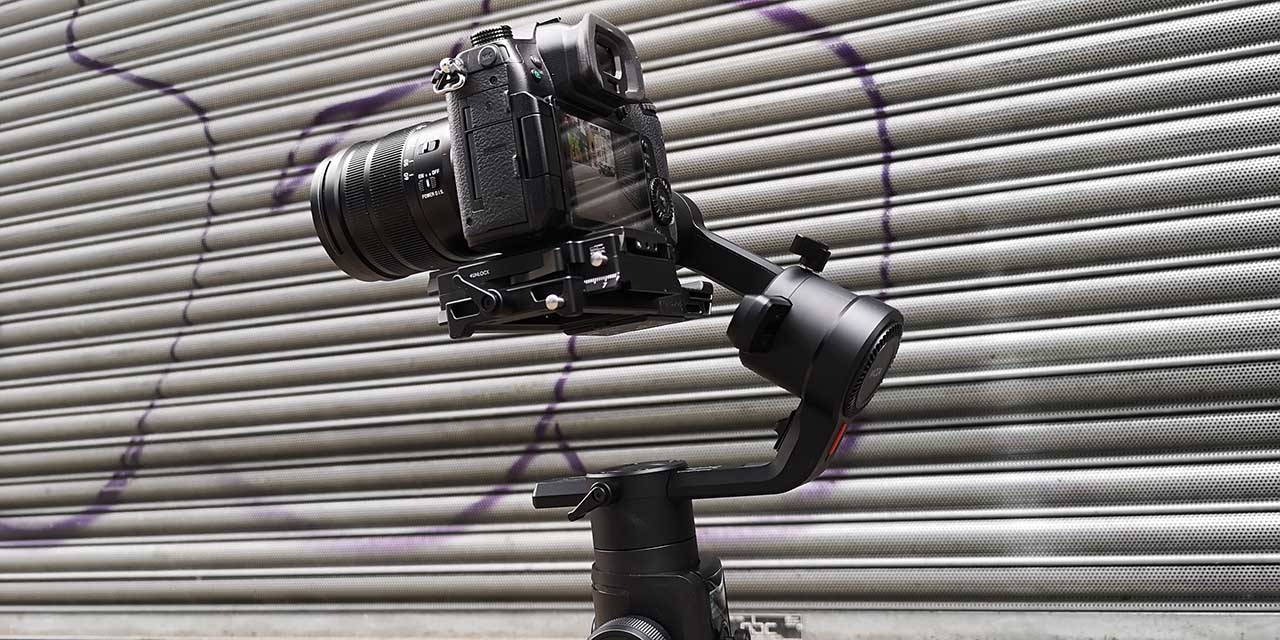
Features
The Gudsen Moza Air 2 offers three-axis stabilisation on its pan (Yaw), tilt (Pitch) and roll axes. If provides 360-degree continuous rotation on its pan and roll axes, and 180 to 95 degrees on its tilt axis.
It also provides eight follow modes, which includes Yaw-follow, Roll-follow, Pitch-follow, All-follow, All-locked, Roll-Pitch follow, Roll-Yaw follow and Yaw-Pitch follow. Shooting modes include the likes of Sport, Panorama, Tracking, FPV and Inception Modes, among others.
Those who like to create timelapse movies will like the Moza Air 2’s range of up 20 functions, including motion-lapse, zoom timelapse, tracking time-lapse and more.
You’ll also find integrated follow focus, camera control cables for select Canon, Nikon and Sony bodies, and programmable scroll and side wheels.
The Moza Air 2’s handle boasts a joystick for moving the gimbal and an OLED for navigating the settings menus and making adjustments. There’s also a Roto Wheel for controlling focus, roll and other functions. The handle has more direct controls, along with a companion app for even simpler remote operation.
The Moza Air 2 is powered by four Li-ion 18,650 batteries. Charge time is five hours, but a single charge delivers an impressive 16 hours of run time. You can also connect the Moza Air 2 to an external power source should you need a longer run. In fact, there are also three new ports that can supply power to your camera and other connected accessories.
Gudsen has added some other nice design touches. New to the Moza Air 2 is a handy quick-release plate you can use to take the camera off and put back on again without having to go through the hassle of re-balancing the gimbal. I can’t tell you how useful and time-saving this is. You can swap between tripod and gimbal in no time.
What else is new? Well, Gudsen has added an auto-tune mode that, while it won’t help you hit those high notes, it assesses your camera’s balance and weight and makes adjustments.
Build Quality
The Moza Air 2 comes in a pleasing, thickly padded case and really feels the business when you take it out of its housing. Thick, robust metal arms give a sense of quality and security. The knobs for adjust the yaw, pitch and roll arms are also made of metal and secure tightly with no drift, even after repeated use.
One design touch I liked is that the Moza Air 2 makes it easy to see your LCD screen whether you have a fixed, tilting or fully articulated screen. I used the Moza Air 2 with the Nikon Z6 and Panasonic GH5 and had no problems with either.
Gudsen has conveniently angled the Moza Air 2’s roll motor so that it doesn’t block your screen in its fixed position. And you have plenty of space to tilt and fold out your camera’s screen, should it do so.
All of the buttons and wheels seemed equally premium in quality, and their placement is very sensible, barring one oddity. The Record/Stop button is the same as the power button. The difference between starting or stopping a recording versus turning the device off entirely is about two seconds. So if you hold down the button too long by accident, you’re going to turn it off. I did this once and quickly learned not to.
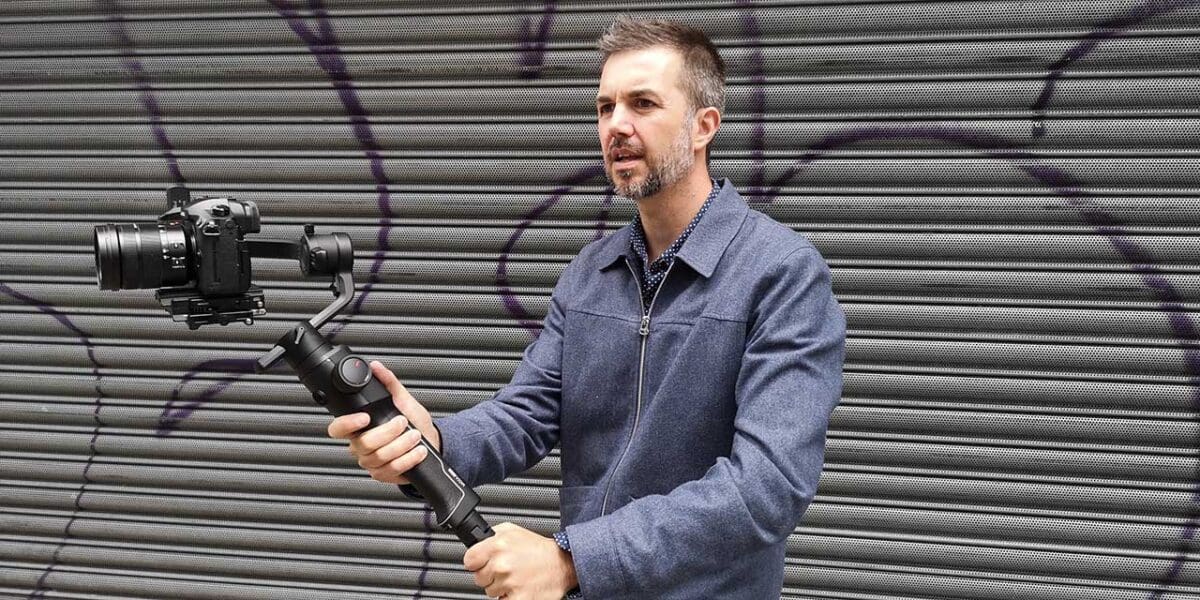
Performance
I will be the first to tell anyone that I am terrible with instruction manuals, and my wife will agree. Even a simple Ikea flatpack instruction sheet sends my eyes glazing over and my cheeks red. Why are those screw and bolt icons the same size when what is in the box clearly are different sizes?! But I digress…
What I’m getting at is, some of this is just me and my own ineptitude. I learn better through trial and error. But the Moza Air 2 user manual is something to behold. It somehow manages to be a concise 20 pages, yet is utterly confusing in its complexity.
There is a whole lot to take in – particularly with button functions – and I found myself putting the gimbal down too often to pick up the user manual and refer to page 8. The app really is the manual’s saving grace and made me wonder if a clever designer out there could recreate the app in paper form.
Nevertheless, I persisted and eventually got the hang of the key buttons and functions and menu options for what I wanted to do. If you are a casual gimbal user and have simple or straightforward needs, there isn’t much of a learning curve here. The Moza Air 2 is fairly intuitive.
The key things you should know… switch between follow modes by pressing the joystick on the handle one to three times. Using the trigger on the handle you can re-centre the gimbal by pressing it twice, switch to selfie mode by pressing three times or hold the trigger in to lock all modes. Focus channels are accessed by pressing the button on the smart wheel.
This knowledge will carry the casual user through most of his or her shoots. But there is a whole host of functionality buried behind menus and triple-presses that can enable you to do spectacular things with the Moza Air 2. It’s quite a remarkable device.
Setting up the Moza Air 2
Setting up the Gudsen Moza Air 2 is simple enough. Mount your camera onto the quick-release plate, then loosen the lever on the baseplate and slide it in. You should hear a click letting you know that the plate’s built-in lock has secured the quick-release plate so it can’t slip out.
Next, connect your camera control cable (these come supplied with the gimbal). You’ll also find a set of riser plates in the box in case your camera or lens is too short. Balancing my camera on the roll and pan axes took about 10-15 minutes in my first set-up. The ruler on each arm makes this simpler the second time around. Noting down my measurements meant less fine-tuning the subsequent times I tried to balance the camera.
Video Quality
I’m genuinely impressed with the quality of video footage I can get with the Moza Air 2. You can see a little bit of bob at times, but overall my footage has been smooth and stable whether I was pacing across a room, climbing stairs or walking through the woods.
The gimbal is very responsive to my movements and rarely got lost and needed re-centring. Honestly, when using it I found myself wondering why the Moza Air 2 isn’t getting the same hype as DJI’s Ronin-S. It’s priced very competitively but doesn’t compromise on quality – both in terms of build and features, and the footage it can deliver.
Verdict, or… is the Moza Air 2 better than the DJI Ronin-S?
Is the Moza Air 2 better than, or as good as, the DJI Ronin-S? This really is the question everyone is wondering. We’ve used both here at Camera Jabber and, truthfully, you really can’t go wrong with either of them. Which is probably a point in the Moza Air 2’s favour, if not the win, given it is considerably cheaper.
The Moza Air 2 lacks some of the wider features of the Ronin-S and may be slightly more difficult (or perhaps ‘less easy’ is a better way to describe it) to set up than the Ronin-S, but then the Moza Air 2 is nearly half the cost and much lighter to carry.
If you’re a casual gimbal user and you’re running a mirrorless camera or DSLR, I would opt for the Moza Air 2. It performs just as well, can support a heavy payload and that quick release plate will let you seamlessly swap between gimbal and tripod with little grief.
